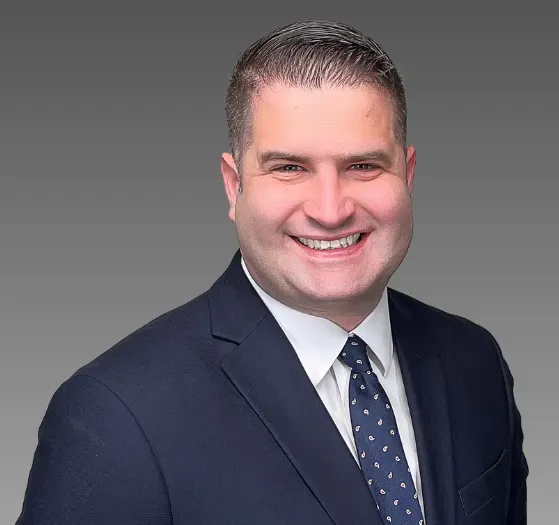Federal cuts put job training programs at risk

A version of this story first appeared in The Level newsletter. To get it in your inbox, sign up for free by clicking here.
By Margot Lester | The Level
Preparing people for careers in construction is critical to withstanding the impact of ICE raids that worsen the ongoing labor shortage. Nonprofit workforce development organizations are vital to the cause. One of them is Hope Renovations, which has trained 159 tradespeople since 2020 and is on track to train 80 more this year.
Unfortunately, earlier this year, the organization's $713,000 grant from the federal Women in Apprenticeships and Non-Traditional Occupations initiative was withdrawn as part of the Department of Government Efficiency’s anti-DEI initiative, slashing a third of their budget. The nonprofit is running a fundraising campaign to try to cover the loss. And another blow may be in the offing, as the U.S. Labor Secretary and the president announced plans to shut down the Women’s Bureau entirely.
The Level spoke with Sarah Campbell, MSW, Hope Renovations' vice president of workforce development, about the organization’s work and role in the industry.
How do organizations like yours make a difference to the industry?
The workforce shortage affects all kinds and sizes of construction businesses. Employers and training providers like us need to work together to fill the workforce gap. There are dozens of nonprofits across the country working to train the next generation of tradespeople. Some of them focus on women and gender minorities, like us, and some of them focus on youth or displaced workers, or workers re-entering the workforce from prison.
How did losing the grant impact your in-progress training programs?
Part of the grant funded subsidies to local employers to incentivize hiring short-term interns. Without the grant funding, we are no longer able to incentivize this internship program. Employers are losing out on the subsidy and on the opportunity to have low-risk labor to meet short-term and long-term needs.
What can contractors do to help?
These organizations need employer partners to succeed and meet our collective goal of a thriving construction industry. We are always looking to partner with local contractors for employment, education, exposure and funding. Hiring program grads is obvious, but there are less obvious ways to partner, such as hosting a job site tour to expose trainees to real-life trades in action, or to teach a module or speak to a class. These kinds of interactions also provide networking opportunities that give you exclusive access to trainees who may be a good fit for your organization in the future.
What else should we know?
Women make up only 5% of the hands-on craft positions. With more workers retiring out of the industry than entering it, recruiting women and gender-expansive individuals to fill the workforce shortage is smart business.
Are you a contractor with something to say? Email us to be considered for a future Spotlight!
Thanks for reading today's edition! You can reach the newsletter team at thelevel@mynewsletter.co. We enjoy hearing from you.
Interested in advertising? Email us at newslettersales@mvfglobal.com
Was this email forwarded to you? Sign up here to get this newsletter once a week.
The Level is written by Margot Lester and edited by Bianca Prieto.





